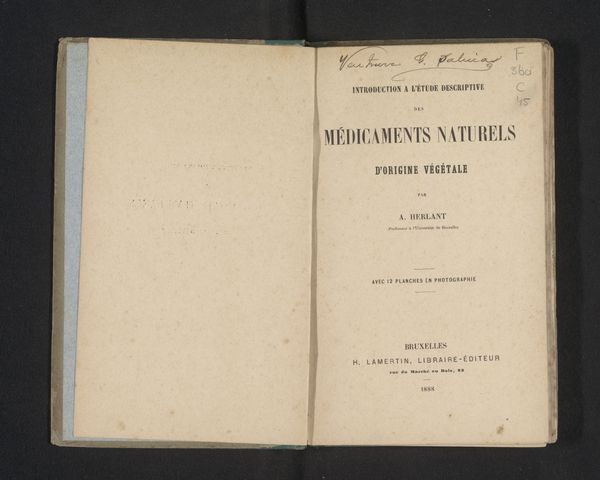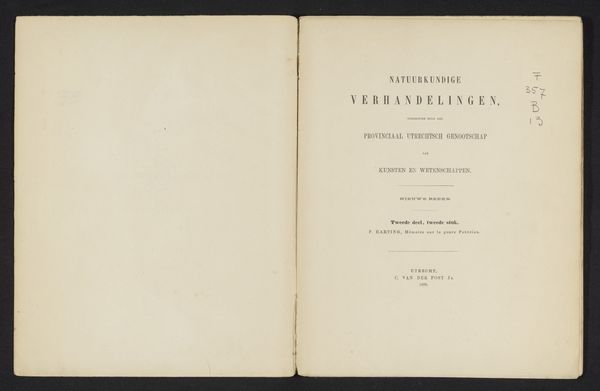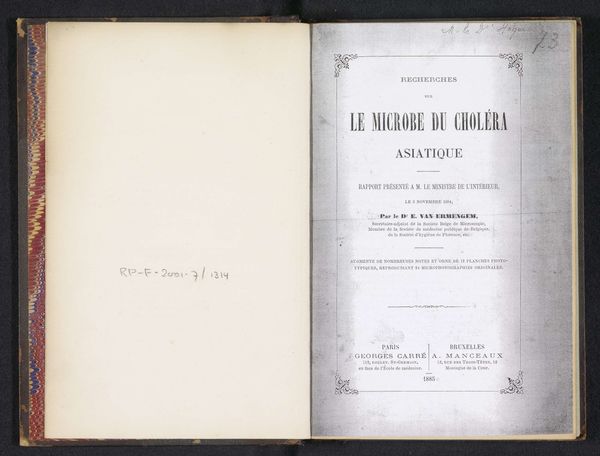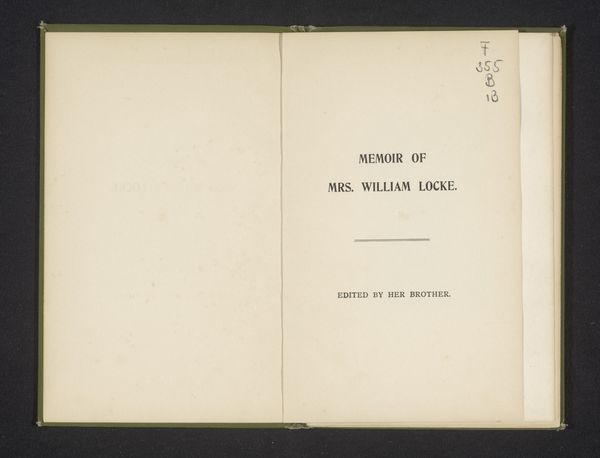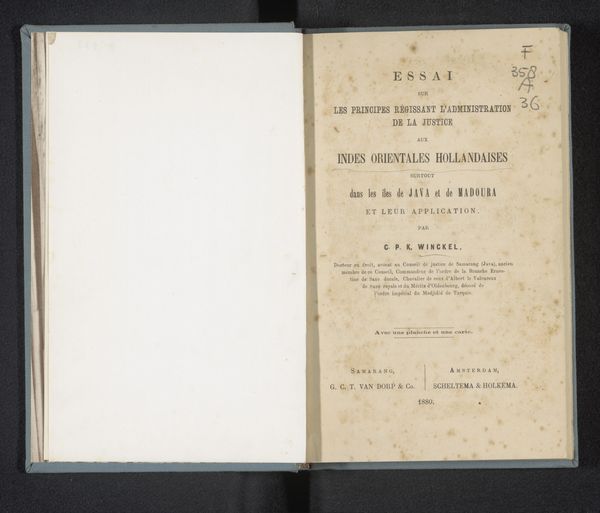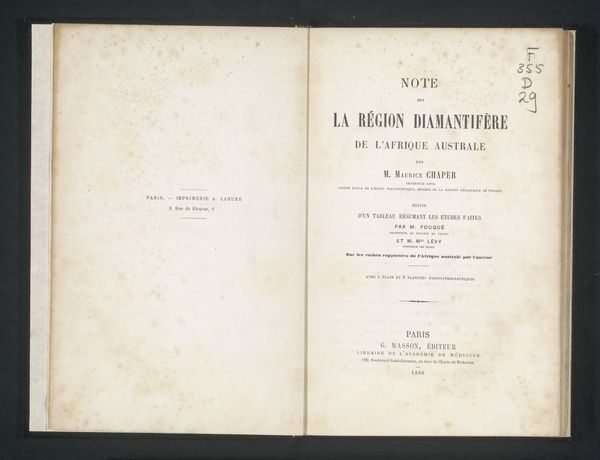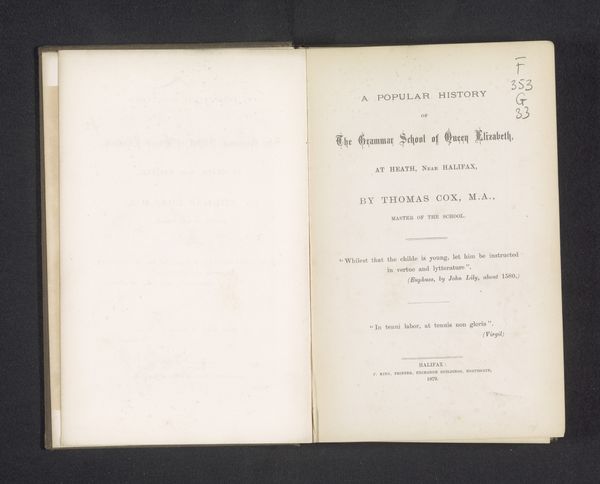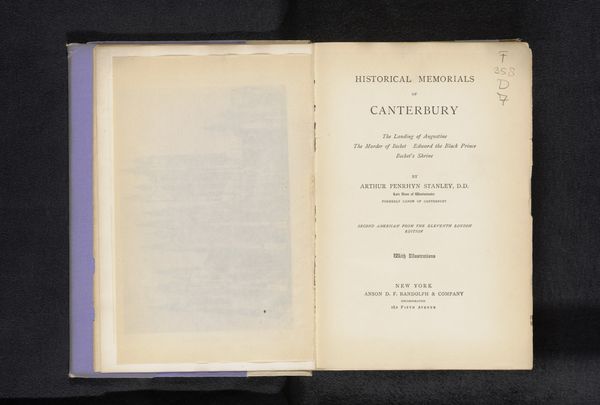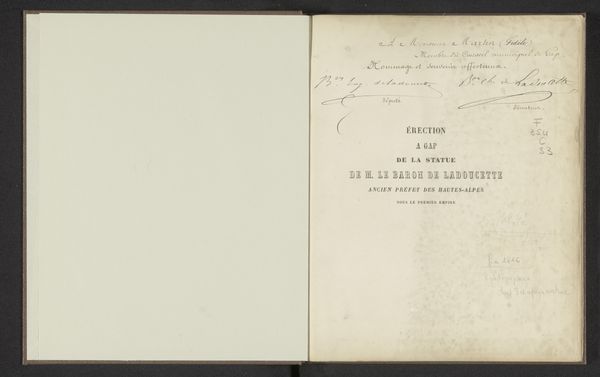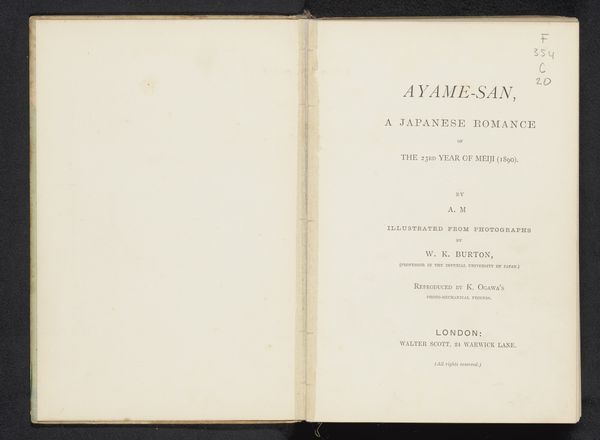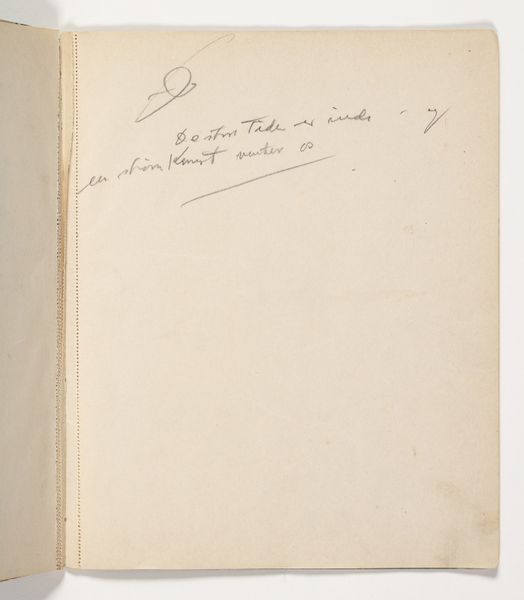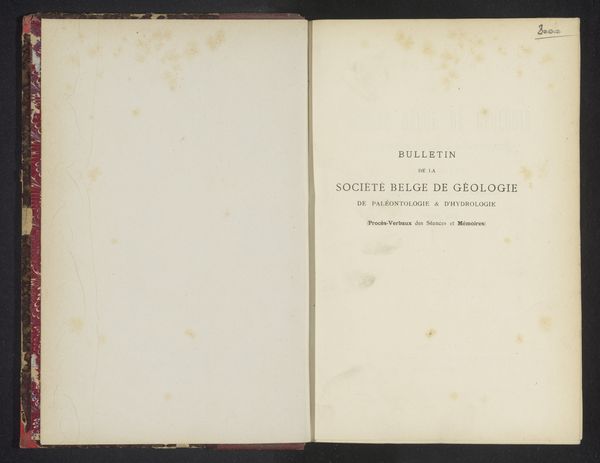
The memorial statues and Royal Free Museum and Library, Peel Park, Salford / letterpress by John Plant; photographed by A. Brothers 1868
0:00
0:00
print, photography, gelatin-silver-print
#
portrait
# print
#
landscape
#
photography
#
gelatin-silver-print
Dimensions: height 466 mm, width 340 mm, thickness 13 mm
Copyright: Rijks Museum: Open Domain
Curator: This gelatin-silver print from 1868, titled "The memorial statues and Royal Free Museum and Library, Peel Park, Salford," was created through photography by A. Brothers and letterpress by John Plant. Editor: My initial reaction is one of somber elegance. The subdued tones give it a documentary feel, but the layout has this deliberate sense of hierarchy and control typical of that time period. Curator: Exactly. We have photography, capturing the details of Peel Park in Salford, and letterpress by John Plant, who was also the Curator of the Royal Museum and Library at the time. This layering of processes indicates the complex ways information and aesthetics were communicated in the late 19th century, as photographic and printed media began to converge. Editor: Right, it also begs the question of how the technologies available influenced access to knowledge. The photograph creates a window onto public space. The carefully crafted arrangement of text within the page speaks to the memorialisation, maybe even romanticisation of that space and those figures in it. What stories do these statues tell, and for whom were these institutions 'free'? Curator: Well, the print itself was "done at the expense of the Cobden Memorial Fund," suggesting it was part of a larger commemorative effort for Richard Cobden, a prominent figure in the Anti-Corn Law League. It implies an intention of distributing knowledge or perpetuating a particular narrative surrounding him, and other potential benefactors from Peel Park’s Royal Museum and Library. Editor: It really speaks to how memorialisation projects become material forms that continue to shape our understanding of the past and its values. A seemingly simple document of civic pride ends up layering historical meaning to that location, framing whose histories count. Curator: And of course, let's consider the labour involved—both physical and intellectual—in producing this composite image: from taking the photograph to preparing the plates for printing. The labour involved to create such documents of local achievement would require intense collective organization. Editor: This brings us back to what is visible, what is felt and, perhaps most critically, what is obscured by choices of the institutions producing them. Curator: A point very well made, a printed monument in ink as much as bronze or stone.
Comments
No comments
Be the first to comment and join the conversation on the ultimate creative platform.

